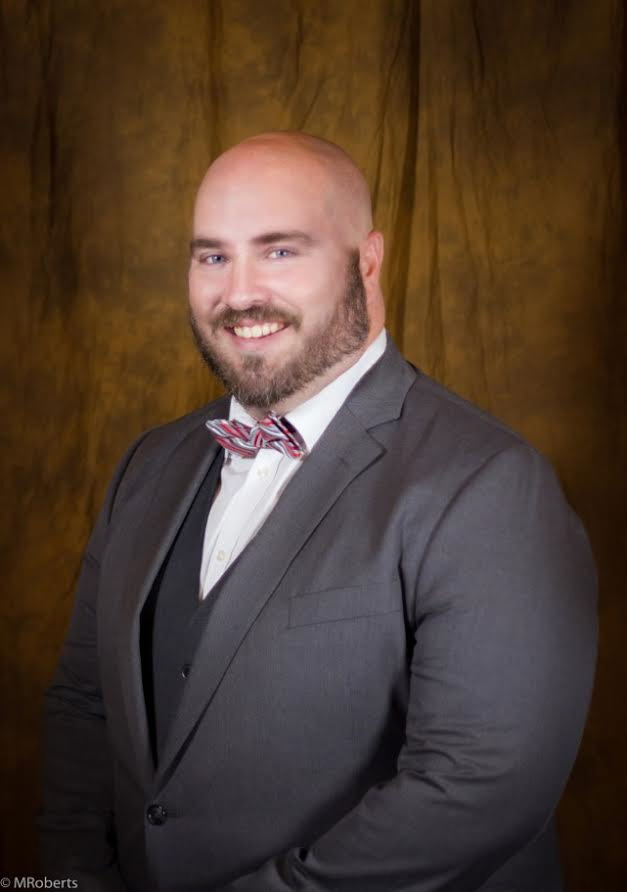
In hospitals across the country, respiratory therapists are stepping up to take on new clinical responsibilities and one area that’s growing by leaps and bounds is the placement of clinical lines.
AARC member Brandon Burney, BS, RRT, VA-BC, is a pioneer in that movement. He shares his journey from bedside RT to line placement at his hospital and how that role led to his current job as clinical education manager at Teleflex Vascular in this Q&A —
When and why did you decide to become a respiratory therapist and where did you get your RT degree?
I attended respiratory school at Pima Medical Institute in Mesa, AZ, graduating in 2007. I started going to college at Arizona State with a business degree in mind, but I really didn’t know what I wanted to do. I decided on health care because I wanted something with a little more job stability. I checked out all the local schools to see what kind of programs were offered, and after doing research, respiratory therapy was the program that sounded like it fit me best.
How long did you work as a traditional RT and what did you most like about that role?
I worked as a traditional RT for three years before moving into vascular access. I enjoyed every aspect of the job, from floor therapy to ICU, but my favorite assignment was working in the ED. I liked the fast-paced atmosphere and never knowing what was going to happen next. I felt like the RTs role in the ED also really showed their peers what they were capable of.
How did you become a clinical education manager at Teleflex Vascular and what did it take to get the position?
The vascular access team I was on inserted the CVC’s, PICC’s and arterial lines for the hospital, as well as performed the daily maintenance on those lines. Every line that I inserted was manufactured by Teleflex and the local sales representative asked me about coming on as a part-time educator after I had a few years’ experience. I continued to work bedside and do the part-time education for a year and a half until a clinical education manager position became available in Texas. I applied for that job and I got it.
What does the job entail?
My role as a clinical education manager has me coordinating and performing the clinical education for Teleflex vascular products in my region. My region consists of North Texas, Oklahoma, and Arkansas. I work primarily with physicians, nurses, and respiratory therapists. I also work with a team that teaches CVC, arterial, and peripheral courses across the U.S., most recently doing an ultrasound-guided peripheral pre-course at the AARC Congress in October for RTs.
What are the biggest challenges and the biggest rewards you’ve faced on the job so far?
The biggest challenge in this role is family. Since I cover multiple states, I do travel quite a bit. I have three children, so my wife has to do double duty when I am gone, since she has her own full time career as well. The biggest rewards are definitely working with other RTs. Line insertion was approved for RTs in Texas earlier this year, and I have gotten to work with a few teams and helped guide them to success. It’s a great opportunity for RTs to expand their role in the hospital.
What advice do you have for other RTs who might see themselves working in a similar role?
You need to find a way to get your foot in the door. For me, I was one of the three RTs at our facility that initially joined the nurses that were on the PICC team. Our “foot in the door” was that they worked eight-hour shifts, and the facility wanted 12-hour coverage. They were content with their eight-hour shifts so we filled the gap and worked alongside them, but we stayed for 12 hours. There are other ways as well, such as starting with ultrasound-guided arterial line placement, covering night shift or even taking on the role of line care and maintenance.
What do RTs need to do to prepare for such a role, and what types of things should they consider before seeking one out?
One of the most important things an RT can do to prepare for this role is have a positive attitude. When I first started in vascular access many people doubted and criticized us. We proved them wrong with our actions and our positive attitudes. We, as respiratory therapists, are procedurally driven, and our role in vascular access will only continue to grow.
How do you think your AARC membership helped you diversity into this new role?
I am a member of the AARC to help make me be the best RT that I can be. I like to challenge myself and continue to grow in my career as an RT. Using the resources from the AARC website as well as attending conferences/meetings both locally and nationally help me become a better RT. This has led to me making connections with RTs and helping expand their practice into vascular access, which has traditionally been a role primarily for physicians and nurses.





